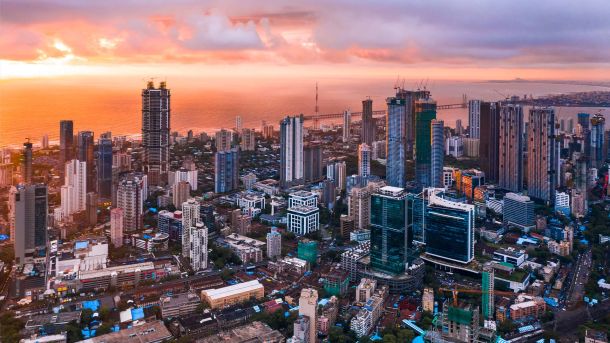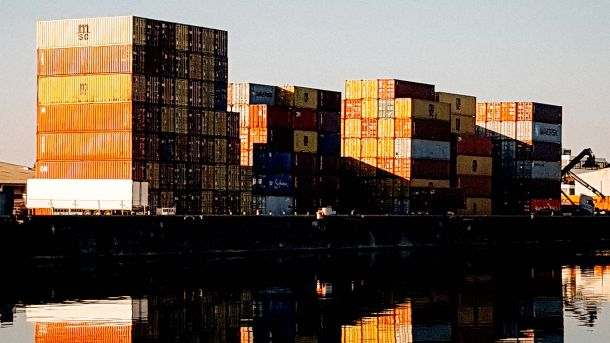In South Africa, formal non-agricultural employment declined by 291,000, dropping from 17.1 million in the fourth quarter to 16.8 million in Q1 2025. Conversely, the number of unemployed individuals increased by 237,000, stabilizing around 8.2 million. The working-age population grew by approximately 532,000 in the first quarter, representing an increase of about 1.3%.
Unemployment rates rose in six of the nine provinces, although Gauteng (+9,000), Western Cape (+49,000), and the Free State (+4,000) experienced employment increases. Decreases were observed in sectors such as Trade, Community and Social Services, Construction, Mining, and Manufacturing. Conversely, employment grew in the Transport, Finance, and Utility sectors. Notably, the informal sector added 17,000 jobs.
Overall, these employment figures are somewhat discouraging, with the unemployment rate surpassing the consensus forecast of 32.4% for Q1 2025. This slowdown can be attributed to ongoing international uncertainties, including the US tariff war against China and other nations, as well as concerns regarding the future of the AGOA agreement beyond September 2025. Diplomatic tensions between Washington and Pretoria related to various issues have also weighed on economic confidence. Consequently, many businesses appear to have adopted a cautious “wait-and-see” approach regarding expansion and hiring in the short term. However, the recent 90-day suspension of the US-China tariff war could positively influence both local and global markets, potentially boosting employment figures in the upcoming quarters.





